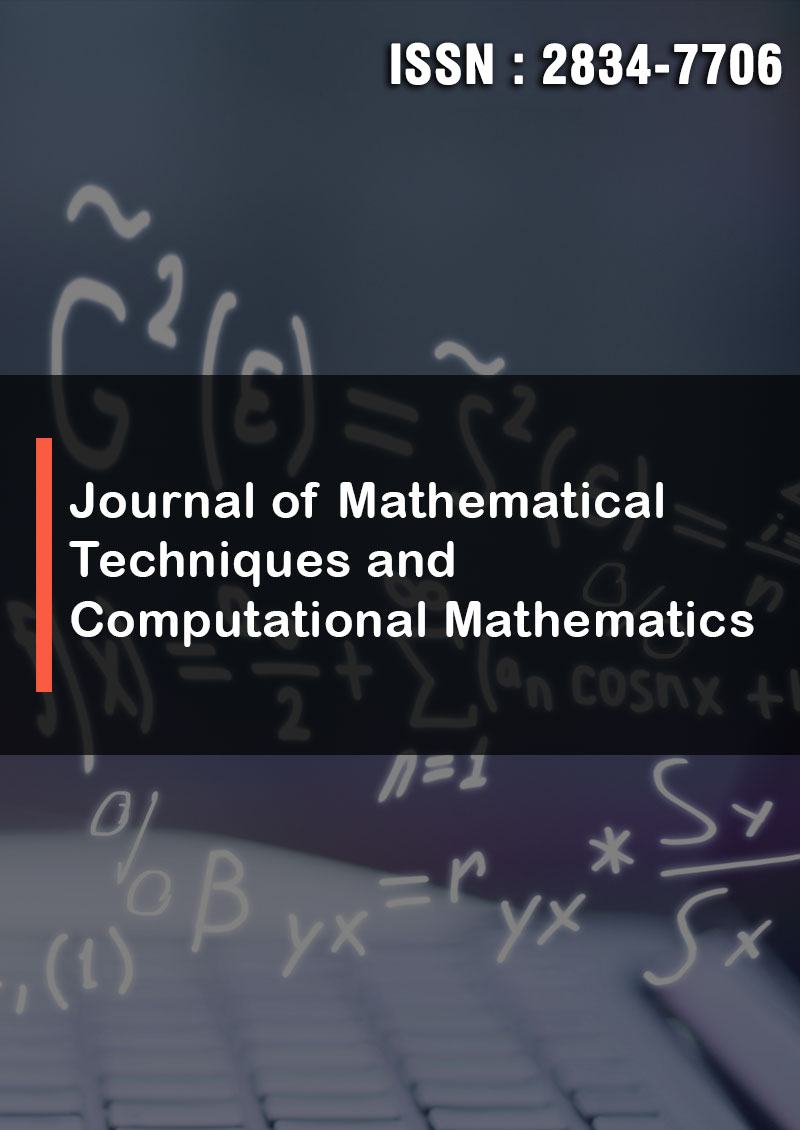Predictive Analysis of Neuroleptics-Induced Obsessive-Compulsive Symptoms Using Machine Learning
Abstract
Rocco de Filippis and Abdullah Al Foysal
Background: Neuroleptics, or antipsychotic medications, are widely used in the treatment of various psychiatric disorders. However, they have been associated with the secondary development of obsessive-compulsive symptoms (OCS) in some patients. This case report examines two patients who developed obsessive-compulsive aspects secondary to neuroleptic treatment.
Objective: To evaluate the development of OCS in patients treated with neuroleptics and to analyse their clinical outcomes.
Methods: Two patients treated with neuroleptics were assessed for the emergence of obsessive-compulsive symptoms using the Yale-Brown Obsessive Compulsive Scale (Y-BOCS) and Clinical Global Impression-Severity (CGI-S). Data were collected before and after the onset of OCS.
Results: Both patients developed significant OCS after the initiation of neuroleptic treatment. Their Y-BOCS and CGI-S scores increased, indicating the emergence and severity of OCS. Also include the bar plots, line plots, pair plots, heatmap, and box plots to present the findings visually. Explain each plot in the context of the patients' symptom progression and treatment adjustments.
Conclusion: These findings highlight the potential for neuroleptics to induce secondary obsessive-compulsive aspects in patients, necessitating careful monitoring and management of these symptoms.



